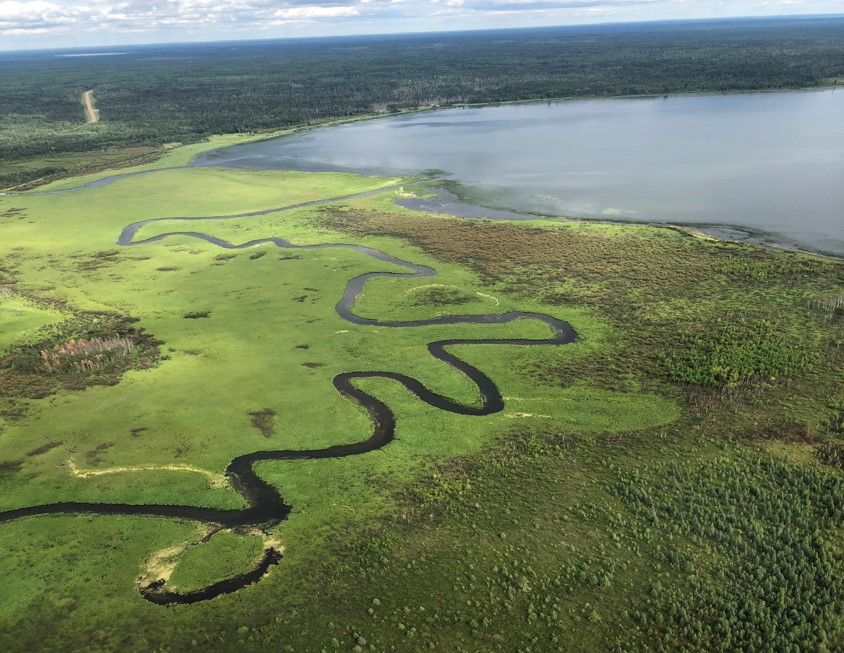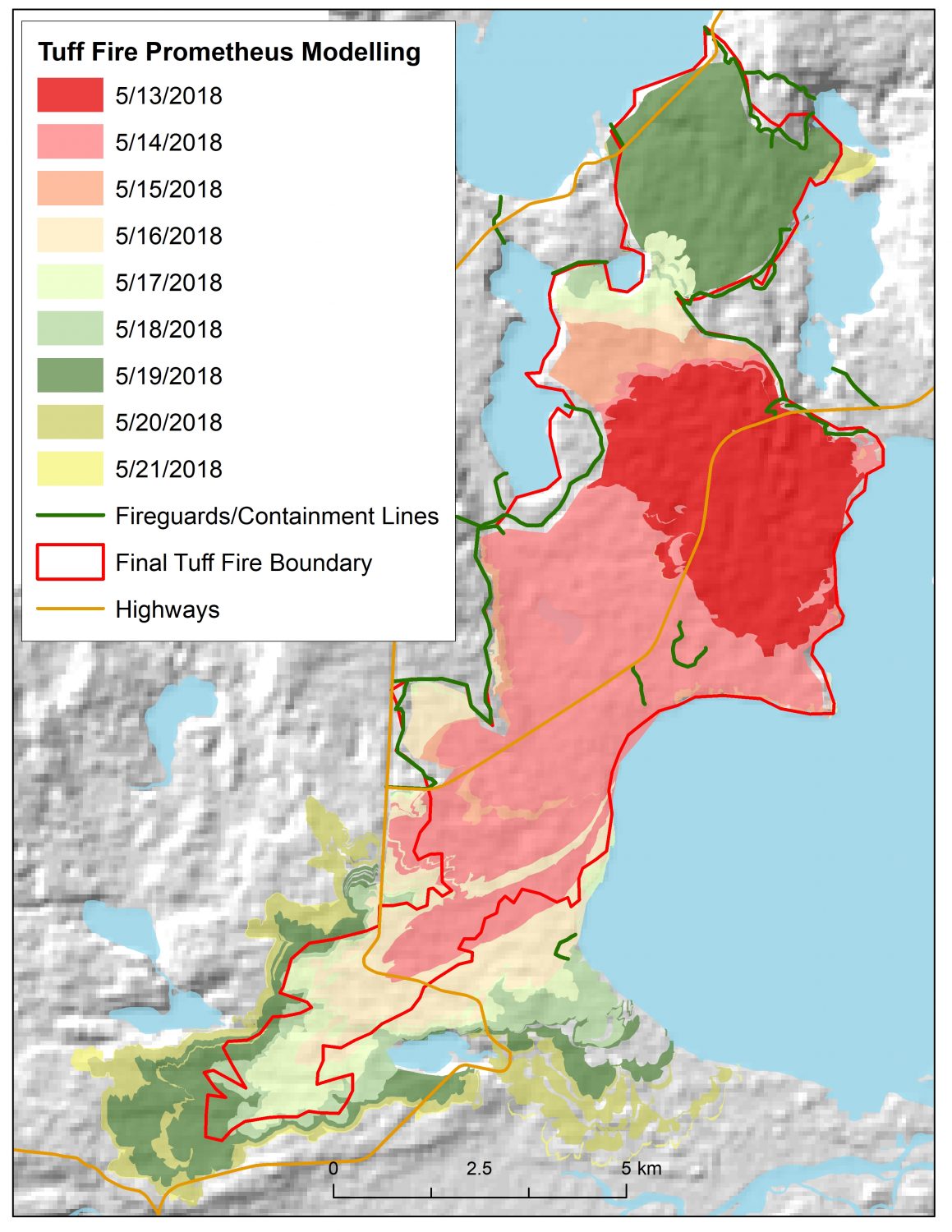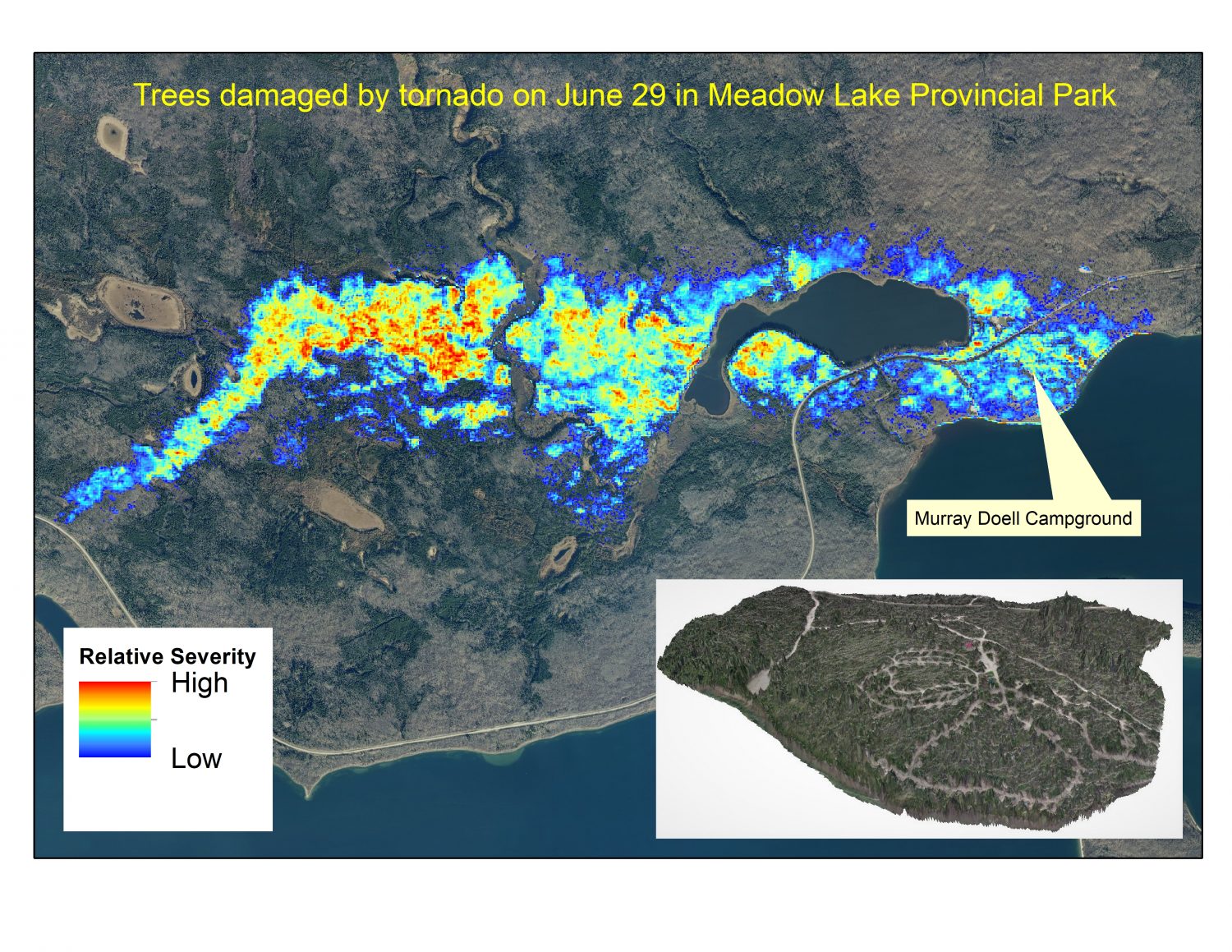Overview
The Ecosystem Based Management Plan for Meadow Lake Provincial Park in Saskatchewan is a very understated document. While many management organizations mention EBM as a concept, Saskatchewan Parks embrace it as their lodestar. The plan methodically documents the park’s history, current use, resources, constraints and natural disturbance regime. It is not only a guide that includes almost every EBM wheel element in park management, but also a model of how to include EBM in a complex, multi-use landscape.
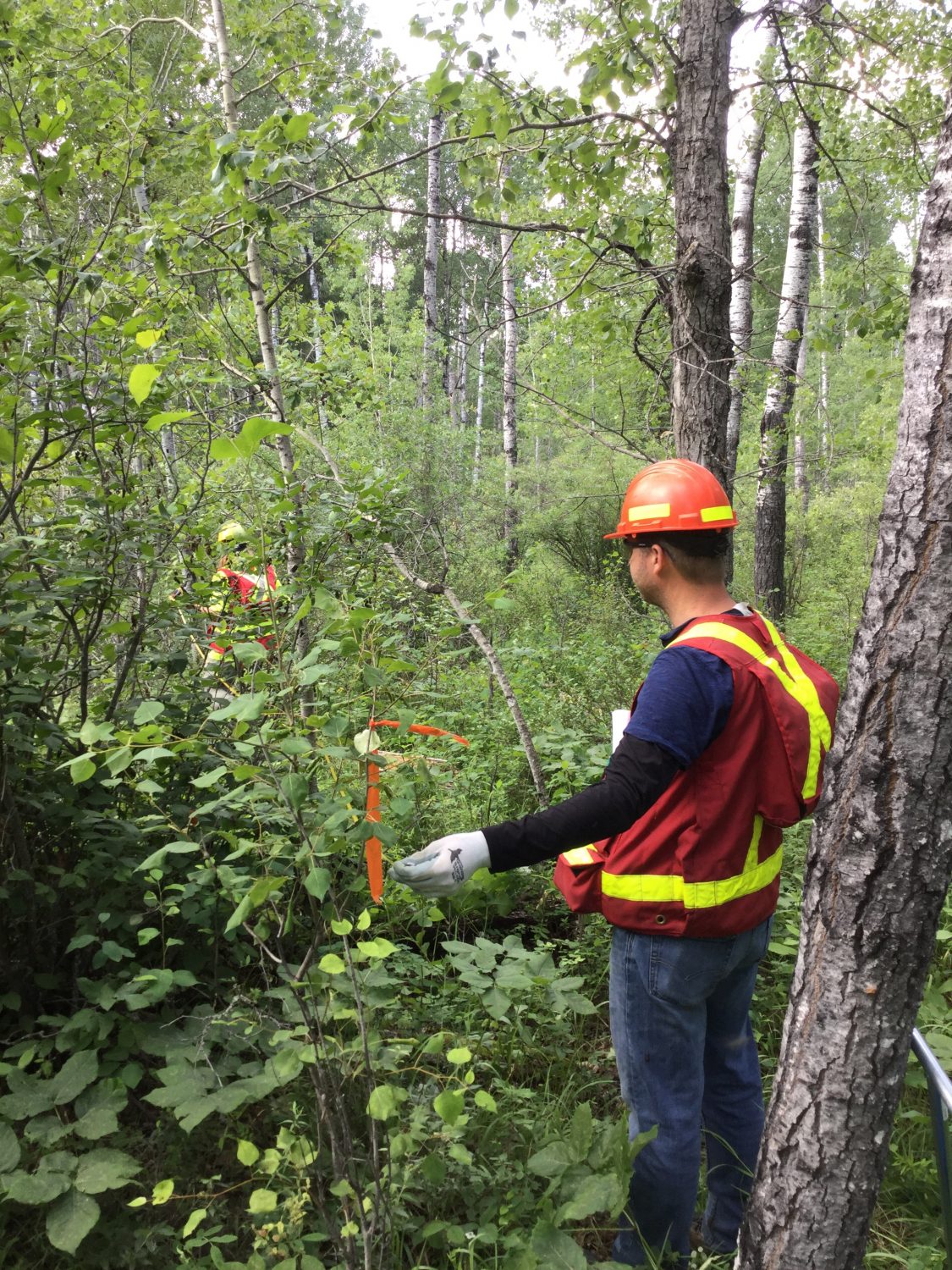
Photo caption: Thuan Chu
Background
Around 2010, ecologists Jeff Thorpe and Bob Godwin were asked by the Saskatchewan Ministry of Parks, Culture and Sport (SPCS) to develop a management plan for the much-loved Meadow Lake Provincial Park in west central Saskatchewan. They began planning with the principle that restoring ecological integrity would mean replicating the natural range of variation of ecotypes and disturbances.
Nearly a decade later, and with the deft addition of a large-scale perspective by Thuan Chu, a senior park landscape ecologist at Saskatchewan Parks, the EBM plan for Meadow Lake Provincial Park was born. It emphasizes the state of the park and a future desired state. The plan lays out the case for managing the park for ecological as well as cultural and recreational values. Importantly, it prompted a Forest Conservation Management Plan that proposes a variety of tools, including prescribed fire, managed wildfire and restoration of natural range of variation in stand structure be implemented over its 20-year lifespan.
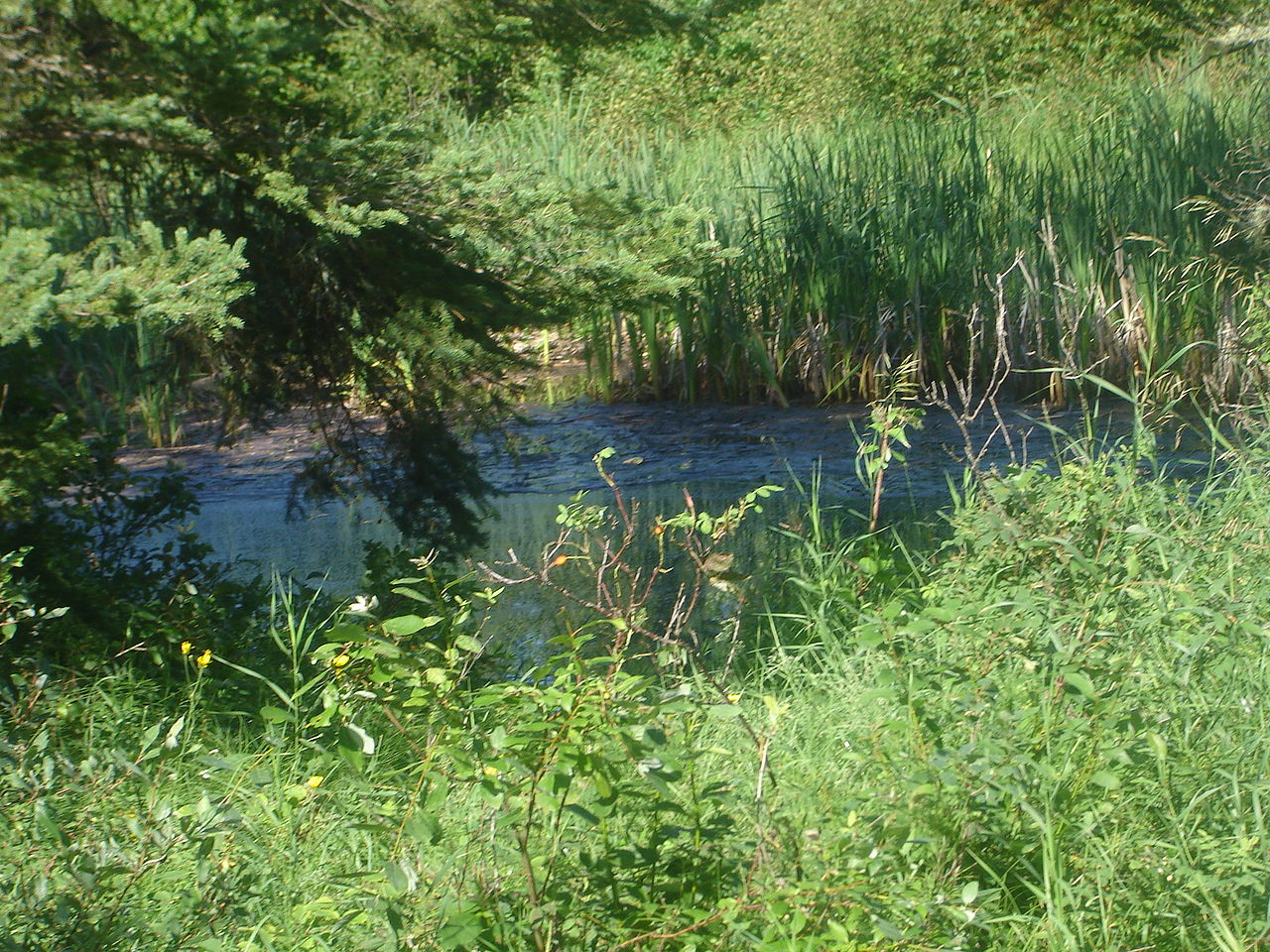
Photo credit: SriMesh
Innovation
With natural range of variation and EBM at its foundation, the MLPP plan shows how the integration of ecological, cultural and recreational values can be achieved. EBM is not simply the consequence of other values, but how these values are achieved. This approach will require real change for managers and park users. Activities such as ATV use, grazing and salvage logging will be different in the future. Limited harvest and prescribed fire will be used to manage stand structure.
Discovery
This is a plan, not a demonstration. So much of what will be discovered has yet to happen. Nevertheless, there is a lesson to be learned. The ambition to use EBM as a planning foundation requires patience. It took almost a decade to research, consult, write and approve the plan. This is a big step, but still a stride away from implementation.
Where in the wheel?
There are no parts of the EBM wheel that are not addressed in this plan. Natural patterns are fundamental to planning. The management goal is an outcome that addresses the needs of multiple users. All parts of the ecosystem are considered. All disturbance tools are in play from natural restoration to prescribed fire, harvest and protection. They have established a direct monitoring link to their provincial agency and to disturbance patterns. Geographic and overlapping neighbours are integrated in their goals and stakeholders/partners are included in an extensive consultation and implementation process. Work continues to identify targets and scales. But we get the sense that with this team, a mix of grassland, forest and landscape ecologists, this will be an obvious next step.

